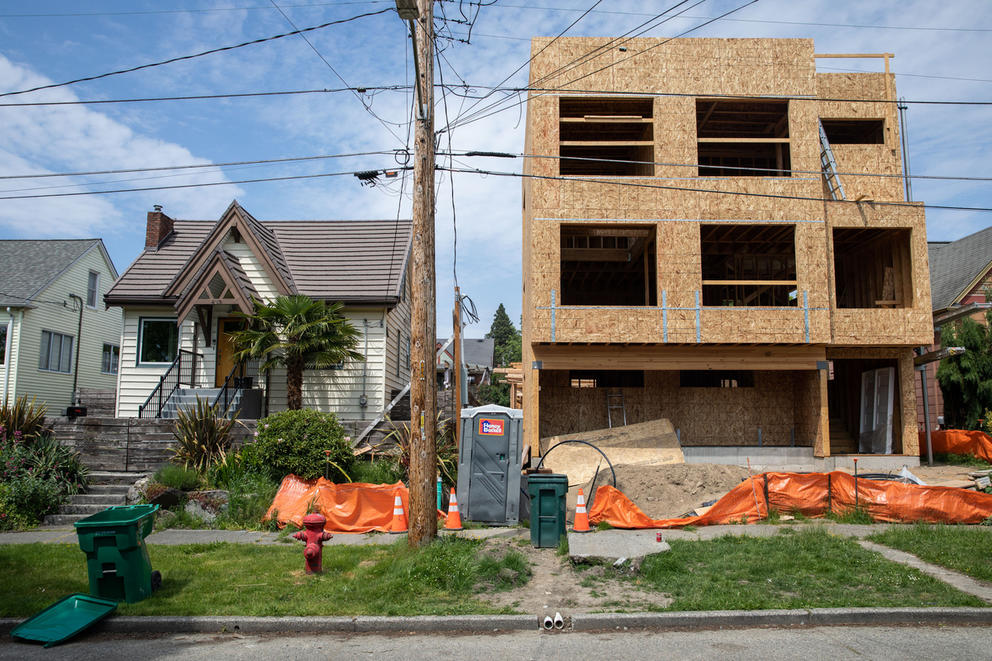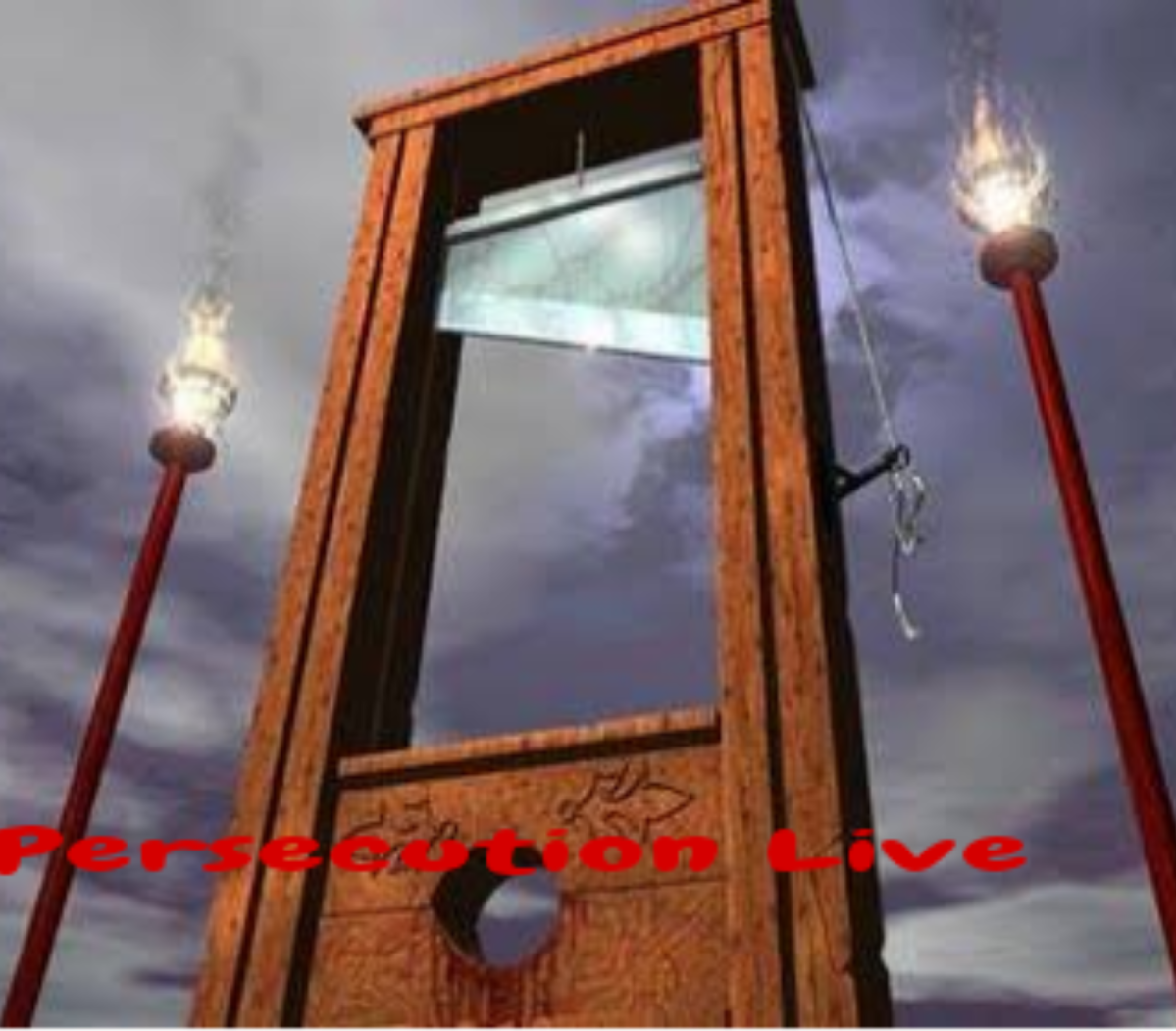Nobody pretends that missing middle zoning alone will address the housing affordability crisis just about every town and city across Washington is experiencing. But there’s hope it will have some positive impact.
“The good news to me is we’re building about 28,000 housing units a year in the Puget Sound region, most of which is multifamily,” said Puget Sound Regional Council executive director Josh Brown. “A good goal for the region is to get that number up to 34,000 or 36,000 units a year. That feels achievable [with the addition of missing middle] if the economy stays solid.”
Brennan says coupled with other new state laws passed last session, missing middle zoning could go even further. For example, the Legislature created a new program to help right the wrongs of racially restrictive homeownership covenants that barred nonwhite people from buying homes. The program will help people barred by racial covenants in Washington or their descendants with down-payment assistance and closing costs for first-time homeownership.
“Hopefully this will both create new lower-cost homes to buy and provide financing to people who hadn’t had access to it before. Those two things should work together,” said Brennan.







